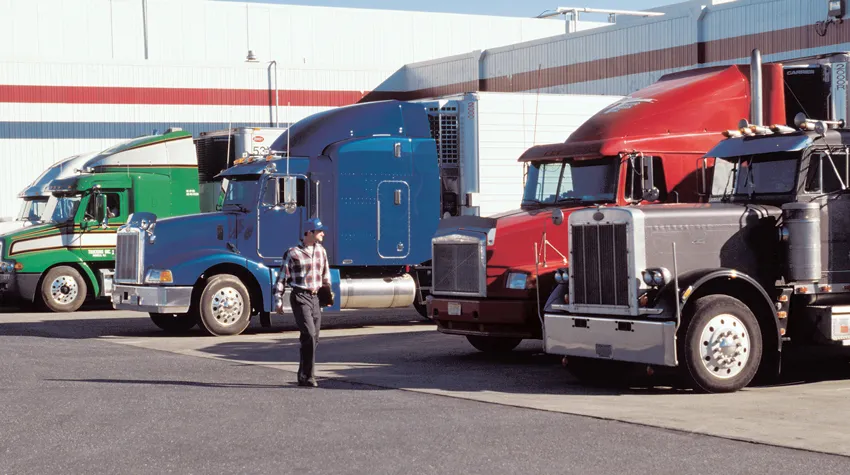Many factors contribute to a fleet's ability to attract and retain drivers, and pay tops the list. While load availability, home time and quality equipment are key considerations, drivers frequently receive employment offers promising these quality-of-life benefits. Consequently, many naturally look to pay as the differentiating factor.
The Bureau of Transportation Statistics estimates 2.2 million heavy truck and tractor-trailer drivers currently work in the United States. Their compensation forms a substantial portion of logistics industry costs. There is also considerable competition for their services among motor carriers. Setting driver pay at a level that attracts qualified candidates while helping fleets maintain profitability is the balancing act hiring managers must master.
For those working in over-the-road freight, especially in human resources or business planning roles, understanding truck driver compensation systems is crucial. This knowledge is key to effective decision-making about driver pay and, ultimately, business success.
Similarly, drivers looking to increase their earnings will benefit from understanding pay systems, scales and incentives. This knowledge will enhance their ability to negotiate aspects of their employment such as routes, hours and bonuses.

A Cargo Transporters driver flashes a peace sign. (John Sommers II/Transport Topics)









